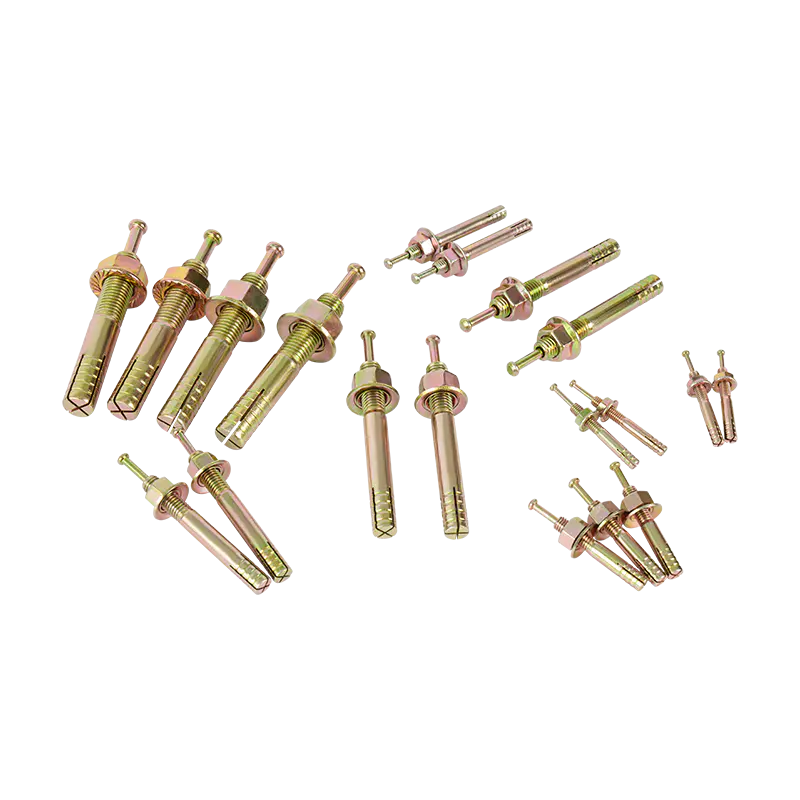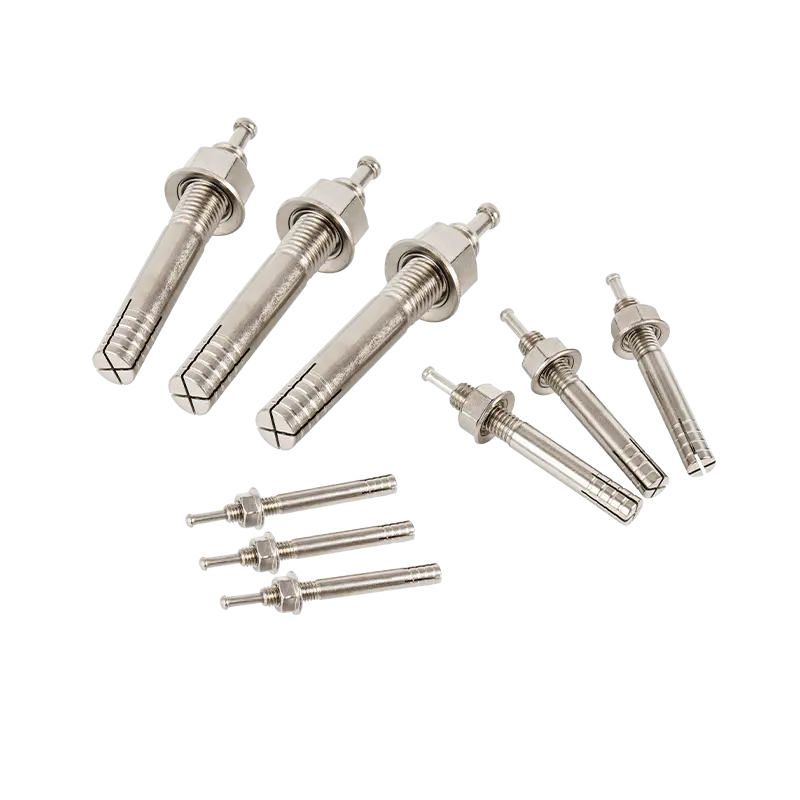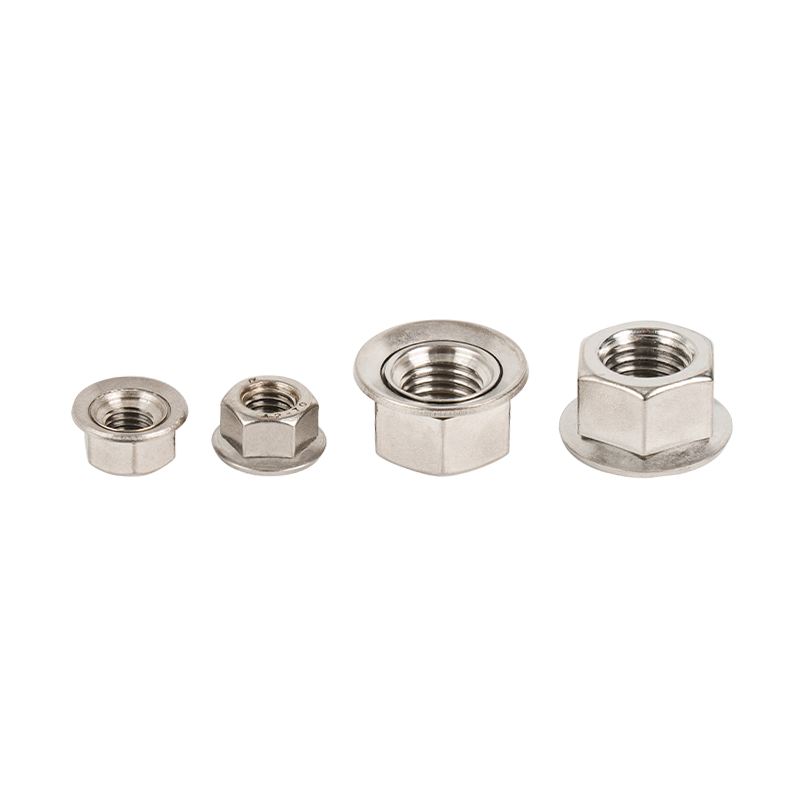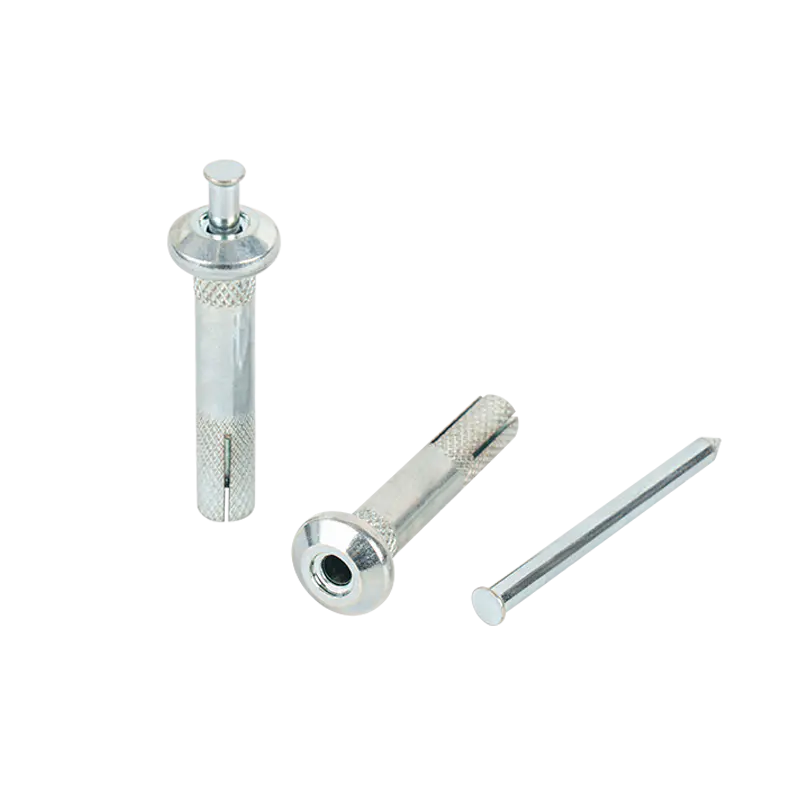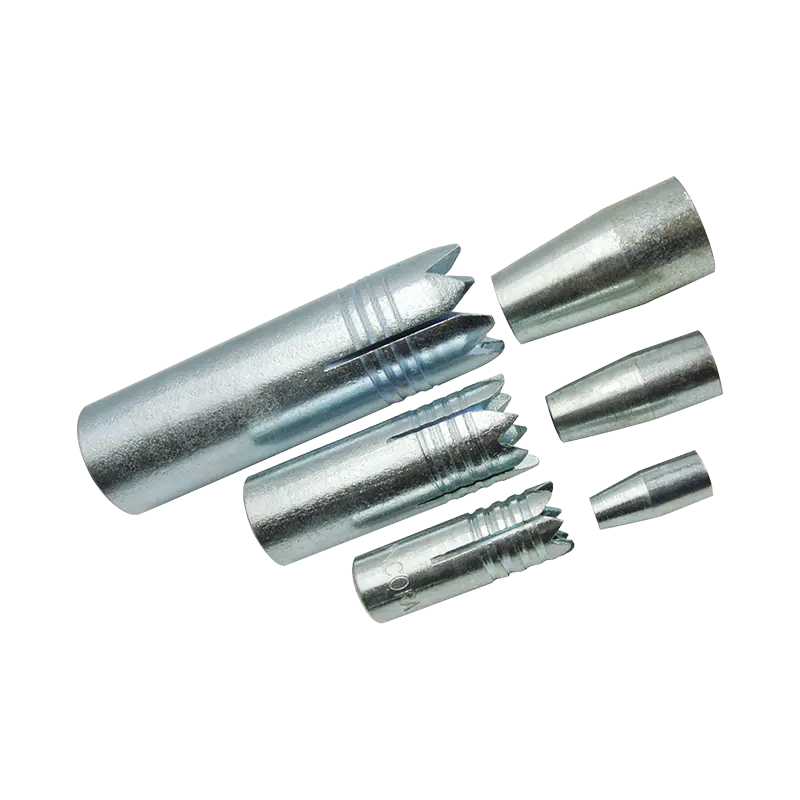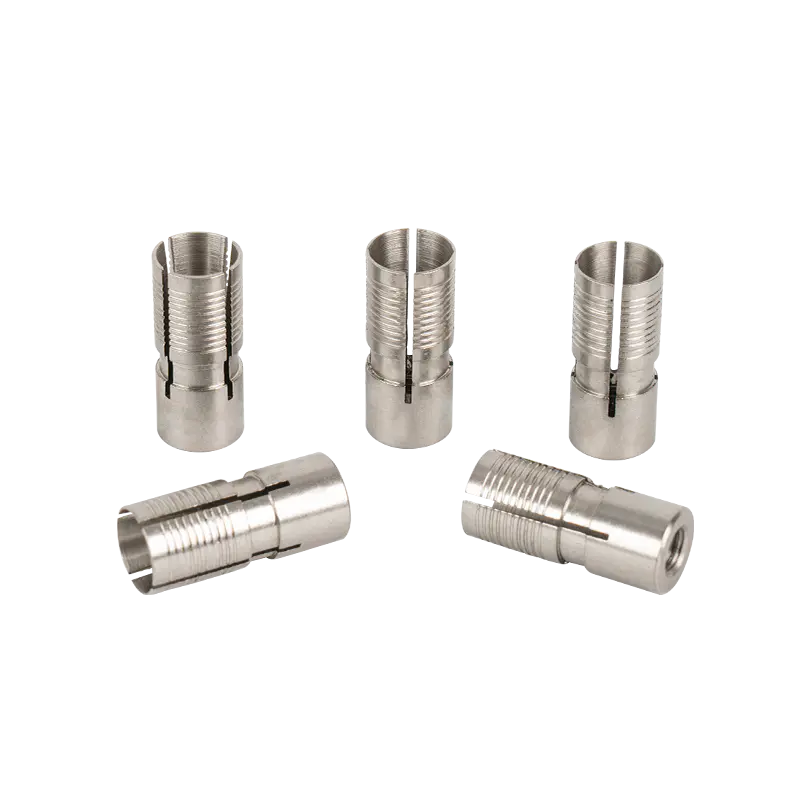How Much Weight Can Strike Anchor Hold?
2025-08-08
Strike anchors, also known as hammer drive anchors, are popular mechanical expansion anchors used for attaching fixtures to concrete, brick, or block. However, their holding power is not a simple, universal number.
1. Manufacturer Specifications are Paramount:
* The Primary Source: The only reliable source for the safe load capacity (tensile and shear) of a specific strike anchor is the technical data sheet (TDS) provided by its manufacturer.
* Model & Size Dependent: Capacity varies significantly based on the anchor's diameter, length, material (typically zinc-plated steel or stainless steel), and specific design. A 1/4" diameter anchor holds substantially less than a 1/2" diameter anchor from the same line.
* Embedment Depth: The depth to which the anchor is driven into the base material is critical. Manufacturers test anchors at specific minimum embedment depths, and reducing this depth drastically lowers capacity.
2. Base Material Strength is Crucial:
* Concrete Compressive Strength: The anchor's performance is directly tied to the compressive strength (measured in psi or MPa) of the concrete it's installed into. Most manufacturer data assumes installation into standard 2,000 - 3,000 psi concrete. Higher strength concrete generally allows for higher anchor capacities, while lower strength concrete significantly reduces it.
* Cracked vs. Uncracked Concrete: Anchors perform differently in concrete that is expected to remain uncracked versus concrete that may develop cracks (e.g., seismic zones, structural elements). Manufacturer data will specify capacities for both conditions, with cracked concrete capacities being lower.
* Masonry/Brick: Performance in brick or block depends heavily on the unit's strength and the mortar quality. Manufacturer data sheets often provide specific capacities or derating factors for these materials.
3. Load Type and Direction:
* Tension (Pull-out) vs. Shear (Lateral): Strike anchors have different capacities for forces trying to pull them straight out (tension) versus forces trying to snap them sideways (shear). The TDS will list both values.
* Combined Loads: When tension and shear act simultaneously, interaction equations (usually provided in the TDS or standards like ACI 318) must be used to determine the safe combined load, which will be less than either individual capacity alone.
4. Installation Quality:
* Correct Hole Diameter: Drilling a hole larger than specified for the strike anchor diameter reduces contact area and significantly compromises holding power.
* Clean Hole: Dust and debris in the hole prevent the anchor sleeve from expanding fully against the base material, reducing capacity. Holes must be thoroughly cleaned (e.g., using wire brush and air blast).
* Proper Setting: The strike anchor must be driven fully and squarely until the head is flush with or slightly below the fixture. Under-driving prevents full expansion.
5. Safety Factors and Codes:
* Significant Margin: Published allowable load capacities already incorporate substantial safety factors (often 4:1 or 5:1) relative to the average ultimate failure load determined in standardized testing. Never attempt to calculate usable loads based on ultimate test values found online without applying the correct safety factors.
* Building Codes: Local building codes (e.g., IBC in the US, referencing ACI 318) dictate requirements for anchor design, including safety factors and design methodologies that professionals must follow.
6. Importance of Certification:
* Reputable manufacturers have their strike anchors tested and evaluated by independent bodies (e.g., ICC Evaluation Service in the US, ETA in Europe). These Evaluation Reports provide code-recognized allowable load values based on rigorous testing protocols and are the definitive guide for compliant use.

 English
English 日本語
日本語
